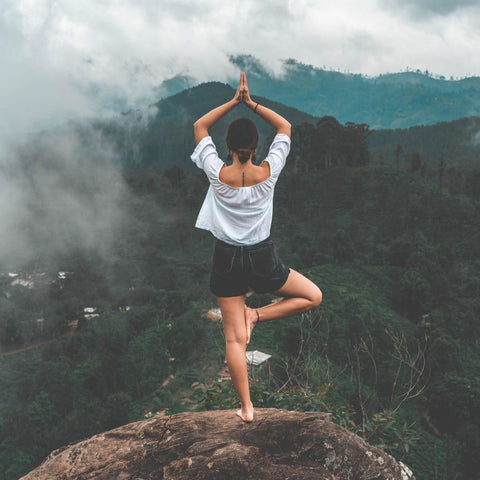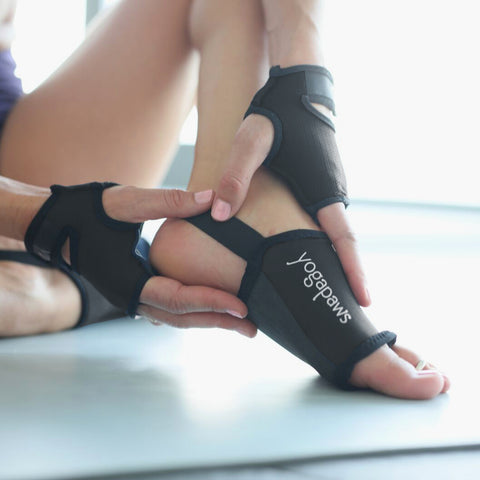Posted on September 03 2019
 After yoga class, you always feel like there is more room and more mobility in your body. You probably feel like your mind is clearer, too. That’s just the surface level of how yoga can affect you. Like many students, you might see your time doing yoga as a passport to feeling less constrained in your physical body.
After yoga class, you always feel like there is more room and more mobility in your body. You probably feel like your mind is clearer, too. That’s just the surface level of how yoga can affect you. Like many students, you might see your time doing yoga as a passport to feeling less constrained in your physical body.
While loosening your back or your hamstrings definitely helps you feel like you are capable of more, the liberation of yoga is both a physical and a metaphysical process. You can use your practice to help guide your life in a direction towards release from the things that hold you back.
In Buddhist, yogic and other Eastern traditions, Moksha (or Mukti) represents the concept of freedom from the pain believed to be inherent in the cycle of life, death, and rebirth. If you achieve Moksha, you can break that pattern and get to a state of cosmic oneness where you transcend being aware of yourself as separate from the world around you.
In most traditional thinking, there are four ways to do so. The first is Bhakti yoga or devotional practices. The second is Karma yoga, which in this context means right actions. The third is Jnana yoga, which is considered to be about knowledge. The last is Raja yoga, probably the most familiar, which is based on the Eight Limbs of Yoga laid out in Patanjali’s Yoga Sutra.
And, you can incorporate these ideas into your practice. The principle behind Moksha can be distilled to be relevant to pieces of your life as much as the whole. Whatever your beliefs in reincarnation, the concept of Moksha can also be seen as a freedom from the past actions and worries about the future that stop you from living in the present.
In terms of your practice, finding your Moksha could simply mean leaving behind the dialog in your head that constantly reminds you of past struggles. You don’t need to remember the time when you were the student who struggled with Virabhadrasana III (Warrior III Pose) or the one time in class you couldn’t figure out the arms in a twist. Dragging that negativity with you really does mean you can’t be free. You have evolved in your practice, and you should be able to respect that.
Sometimes, though, you need to be liberated not just from memories you drag around, but from thought patterns (samskaras) that are toxic. For example, if you have consistently been trying to approach challenging poses in the same way—maybe you are always focusing on building strength in your upper arms for arm balances—and not getting where you want to go, changing the way you approach a challenge or problem can be the object of your practice. On the other end of the spectrum, fretting about the future is also a kind of not being free. If you, like many students, spend half your class worrying about whether you will be able to do “better” in the next class, you aren’t going to be able to enjoy the one you are in. So, try to let the worries about tomorrow go, along with the baggage of yesterday. Of course, those lessons come from yoga too. After your next class, try to bring the same attitude to life. And, remember, there is no right way except what is right for you.
Thanks for reading! Feel free to take 10% off your next order with code: PAWBLOG








